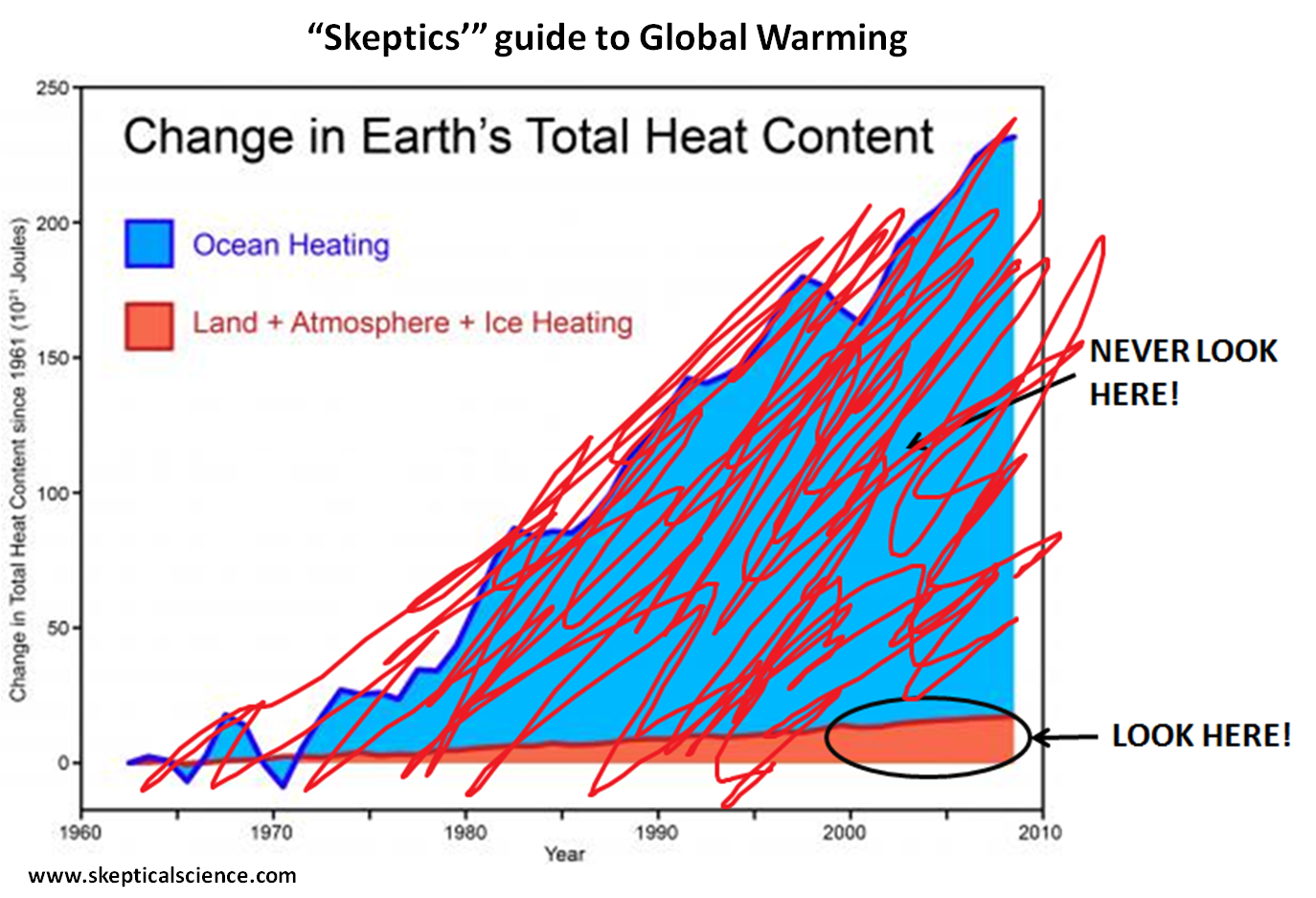Here you go, both northern and southern hemisphere.List several.
Knock yourself out.
Hubbard Glacier, Alaska: Growing and Advancing in Spite of Global Climate Change and the 1986 and 2002 Russell Lake Outburst Floods
New Data on Earth’s Youngest Glacier Reveals a Healthy Fellow, while Earth’s Ice Elsewhere is Losing its Battle Against Global Warming

New data on Earth's youngest glacier reveals a healthy fellow, while Earth's ice elsewhere is losing its battle against global warming
The 25-year-old Tulutsa Glacier is the fastest-growing new glaciers in the world. No one before in the world has seen a glacier grow from virtually the very first snowflake.
This Glacier in Alaska Is Moving 100 Times Faster Than Normal
By Jugal K. Patel and Henry FountainApril 13, 2021The Muldrow Glacier, on the north side of Denali in Alaska, is undergoing a rare surge. In the past few months the 39-mile-long river of ice has been moving as much as 90 feet a day, 100 times its usual speed.

This Glacier in Alaska Is Moving 100 Times Faster Than Normal (Published 2021)
The Muldrow Glacier, on the north side of Denali, is undergoing a rare surge.
A Greenland glacier is growing. That doesn't mean melting is over.
A pulse of cooler water at its edge let part of the glacier gain some mass. But overall, the melting across Greenland continues apace.
A Greenland glacier is growing. That's not good news
A pulse of cooler water at its edge let part of the glacier gain some mass. But overall, the melting across Greenland continues apace.
Franz Josef Glacier in the Southern Alps is an example which shows how much a glacier can change in the space of a century. Throughout the twentieth century, Franz Josef Glacier had generally been retreating, but then in 1983, the glacier entered a period of advancement5. Over the next 25 years (from 1983-2008), Franz Josef advanced almost half the length that it had lost earlier in the 20th century (prior to 1983). This period of advancement was not set to continue, however, as following 2008 the glacier then lost more than 1.5km of its length5.
Franz Josef Glacier advancing in the late 20th century was not an isolated case, however, it was still unusual. Between 1983-2008, around 58 glaciers in New Zealand saw a period of advancement[5]. During that same time, however, other glaciers such as Tasman Glacier saw drastic retreat, so much so that a glacial lake formed at the end of it during the 1980’s and the glacier has since lost over 5km of its length[6]. Overall, glacial retreat outweighed any advancement and the glacial mass of the Southern Alps reduced by more than 10% between the years 1976-2005[7]. The figure inserted below shows how the length of four well known glaciers in New Zealand have changed since 1900.


